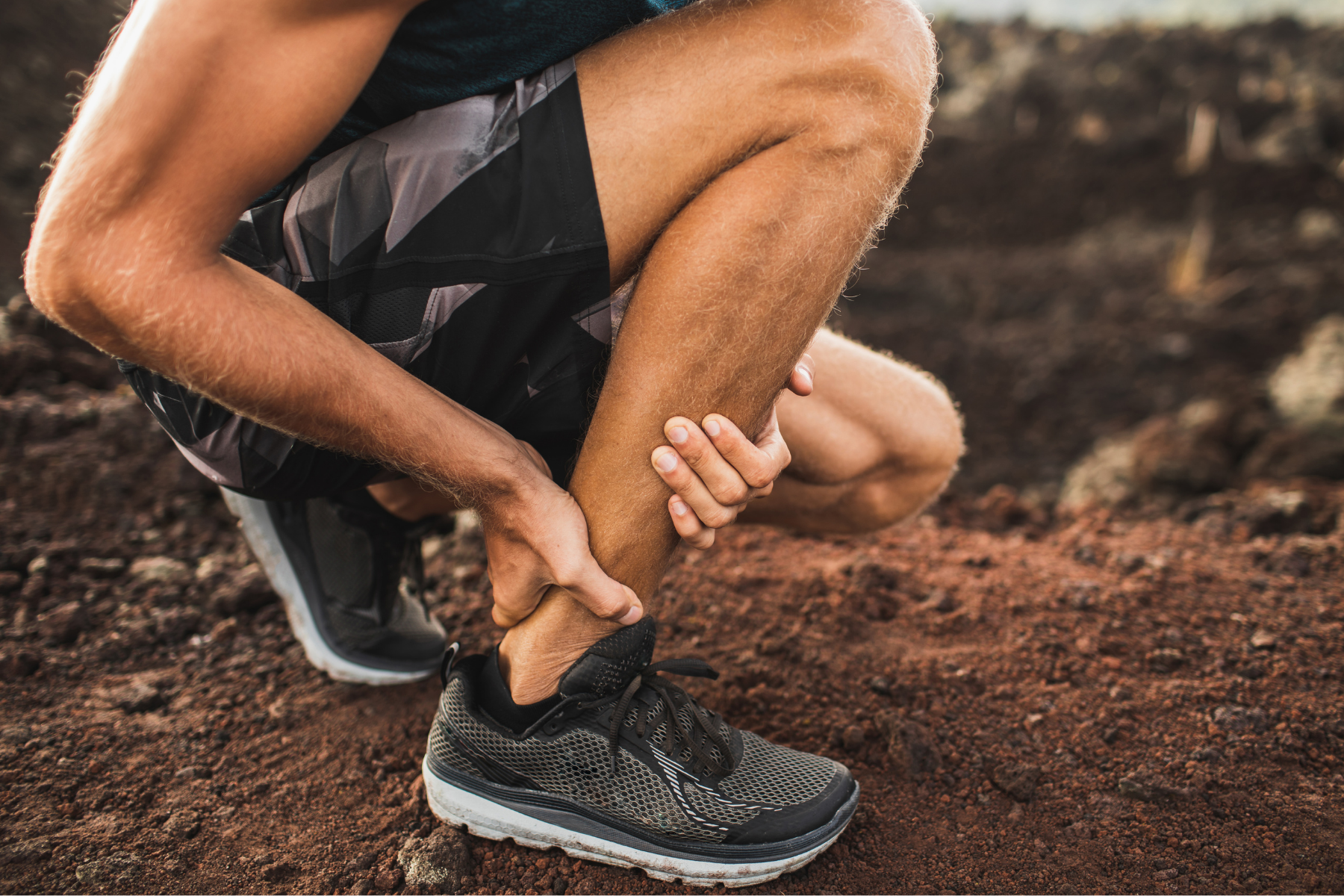Are you a fitness enthusiast or a dedicated athlete who has suddenly been sidelined by a nagging, persistent pain in your calf and ankle? That sharp or aching sensation that flares up during or after activity could be the result of Achilles tendonitis. The Achilles...
We’ve all seen soccer players sidelined by common but painful injuries like ankle sprains, knee ligament tears, and muscle strains. The combination of running, sudden stops, quick cuts, and potential physical contact makes the body, particularly the lower extremities,...
Spinal cord injuries are among the most serious and life-altering injuries a person can sustain. The spinal cord, a complex bundle of nerves, is the primary pathway for communication between the brain and the rest of the body. When it’s damaged, a patient could be...
Be A Hero – Protect Your Achilles Heel this Spring

Legend has it that the Greek war hero Achilles was defeated when he was struck at his heel, the only exception to his indestructible physique. Unfortunately, unlike mythical heroes, we’re naturally fighting the odds against injury when it comes to our pursuit of physical health. The infamous Achilles tendon injury is especially prevalent during springtime when the weather becomes more pleasant and previously inactive people begin exercising again often without proper preparation. To help prevent this as you return to activity, we invite you to learn more about the Achilles tendon rupture injury, plus our recommendations on how to heal if you fall victim.
What is the Achilles tendon?
The Achilles tendon is the largest and most powerful tendon in your body. It stretches from the heel bone to your calf muscles. It’s a flexible band of tissue at the back of your ankle and above your heel. It allows your foot flex to point your toes, put on shoes, dance, run, and rise up on your tiptoes.
How is this injury caused, and who is at most risk?
“Common causes of this injury include running, gymnastics, dancing, and other sports where the athlete accelerates movement, slows down or pivots suddenly,” said Jason R. Miller, DPM, Foot & Ankle Surgeon at Premier Orthopaedics. “A strained or torn Achilles tendon can happen to anyone, though it is most common in athletes over 30 years of age. That being said, even wearing high heels or ill-fitting shoes too often can increase chance of injury, so regardless of whether you’re an athlete, it’s always good to be mindful of the stresses you are putting on your body,” concluded Miller.
How can I prevent an Achilles tendon injury?
“The best way to lessen your chances of an Achilles tendon injury is to work on strengthening your calf muscles,” advises Craig Kriza, DPM, JD, a Podiatrist at Premier who specializes in Foot & Ankle injuries. “Always stretch your calves before exercising. When you have strong calf muscles, the tendons near your ankle will be able to absorb more force as you move. Other great prevention guidelines include wearing shoes that fit well, varying your types of exercise, and limiting running on hard surfaces,” said Dr. Kriza.
How will I know if my Achilles tendon is torn?
“If your Achilles tendon ruptures, you will feel an immediate weakness in your calf. Commonly patients will describe the injury as a sensation of being stuck in the back portion of their leg,” said Spencer Monaco, DPM, Foot and Ankle Surgeon at Premier. “Weight-bearing and walking will be very difficult which will likely be accompanied by an intense calf pain. At the rupture site, you may feel a step-off or dell where the tendon ends have separated as well as swelling and bruising.”
How can a torn Achilles tendon be healed?
Treatments for the torn Achilles tendon from mild to severe are generally the same. No matter the degree of injury, the tendon will need time to rejuvenate.
“To help speed the process, rest as much as possible and avoid placing weight on the leg,” advised Vincent Muscarella, DPM, Foot & Ankle Trauma Surgeon for Premier Orthopaedics in East Norriton and Chestnut Hill. “Elevating and icing the inflamed area is usually helpful. Crutches or a plaster cast may be necessary. Many athletes benefit from having their ankle taped with elastic to prevent the tendon from over-stretching. Occasionally, a ruptured Achilles tendon requires surgery.”
A physical therapist can prescribe a customized treatment regimen. It’s important to be dedicated to the program to ensure an effective recovery process. Gradually, the pain will diminish, and flexibility will return. When you go a week without any pain, you can slowly start working your way back to training. Be sure to rest sufficiently between training days. Full function often returns within four to twelve months.
If you believe you’ve experienced an Achilles tendon injury, see your doctor immediately. He or she will be able to diagnose the injury and design a rehabilitation program fit for your needs. Visit premierortho.com for more info and to schedule an appointment.
